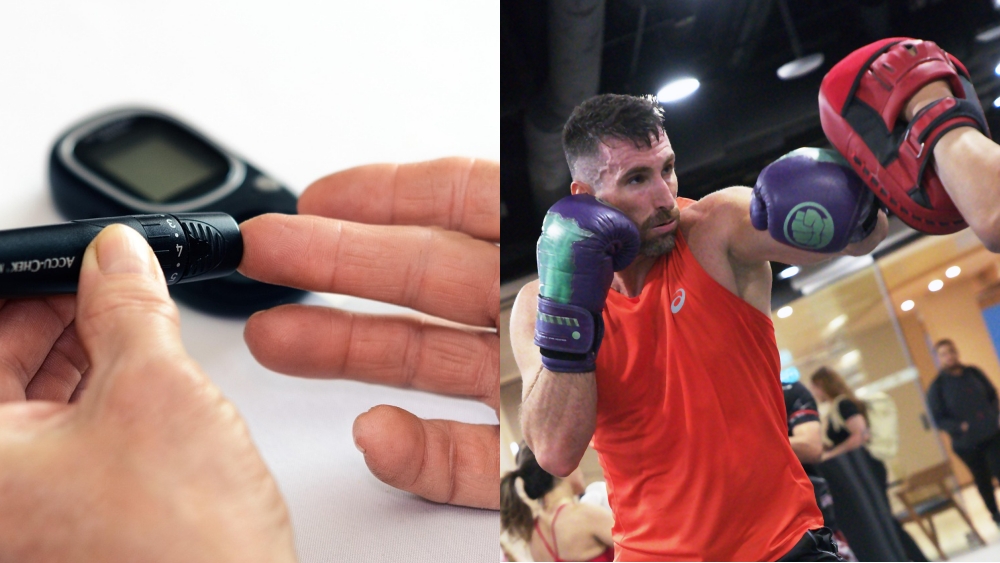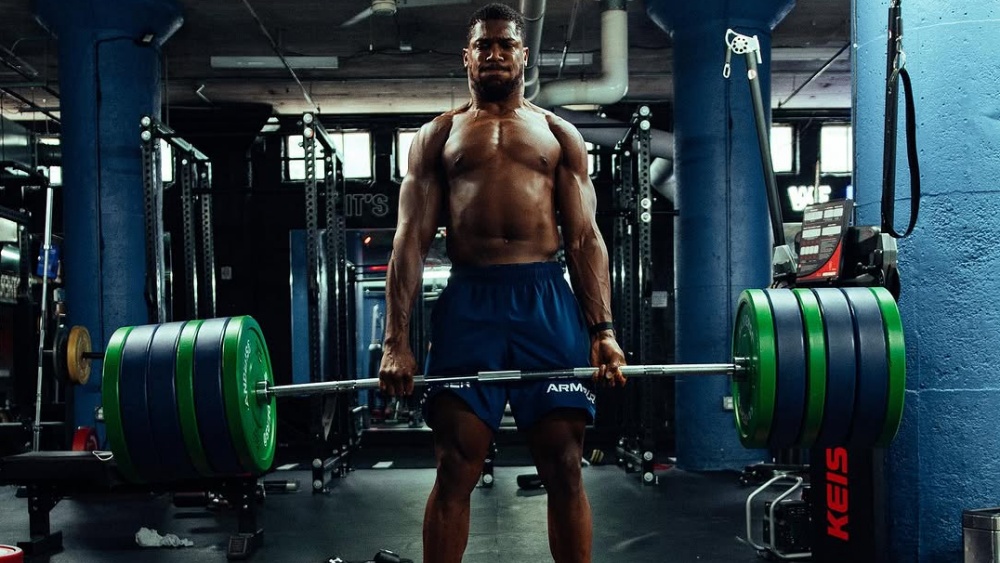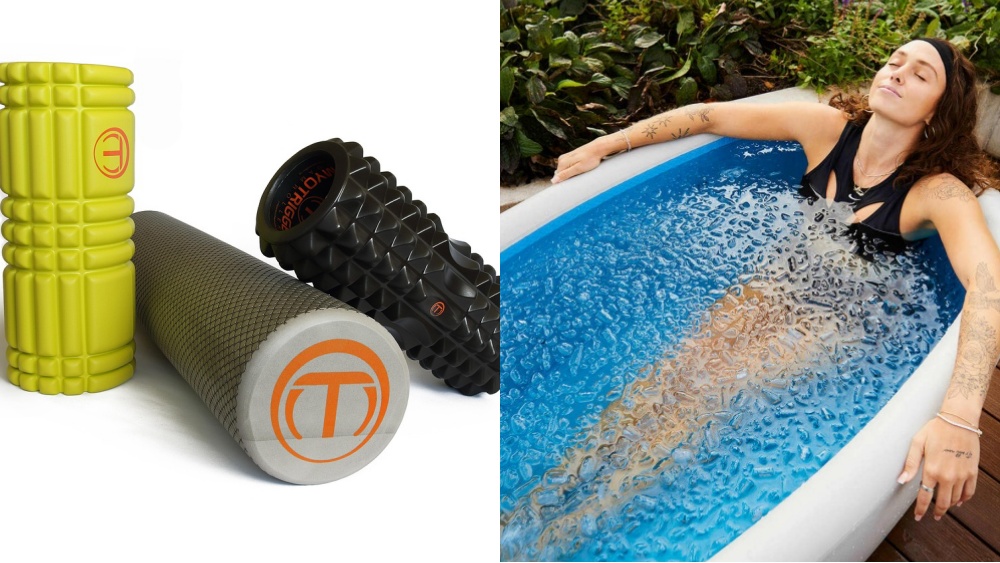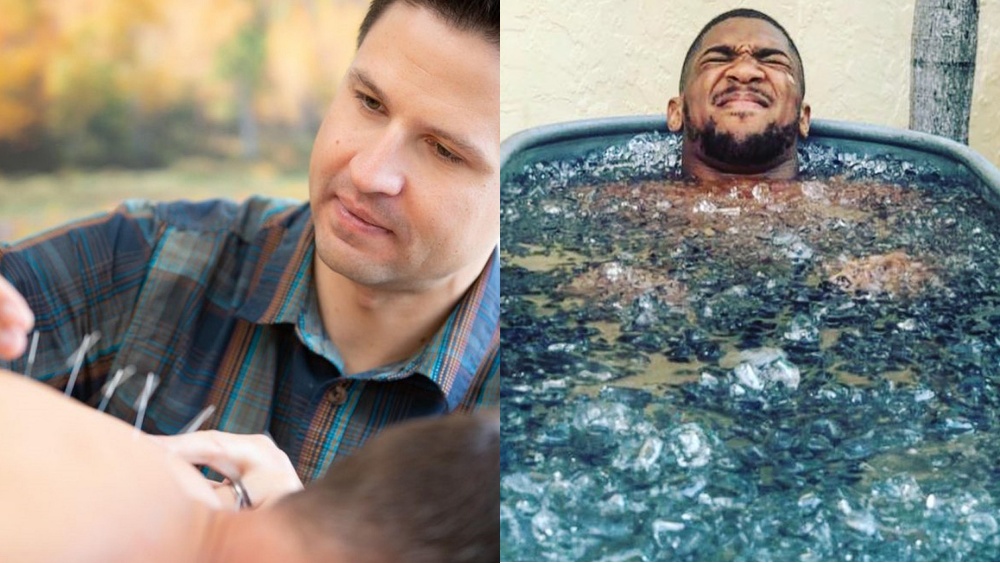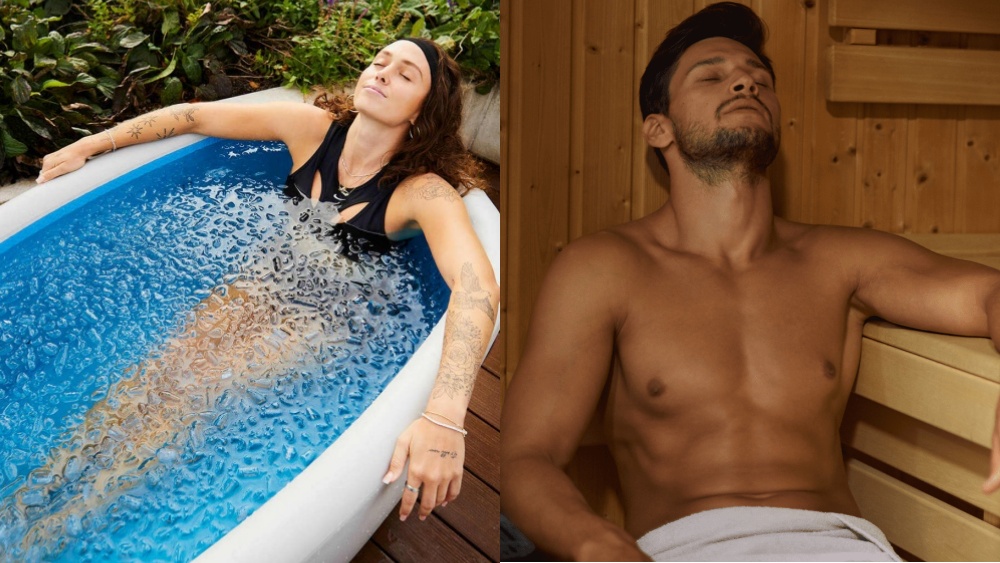You might be a beginner in martial arts with questions. You’ve heard a lot of people say that you can build muscle memory, but is this true? What are the key features of muscle memory, and how does it help enhance (or diminish) physical performance? Can you throw a punch without thinking?
First off, to answer the question: Yes. Muscle memory is a real thing.
You know when you perform the same motions over and over again? When that happens, brain cells–called neurons–form new connections in your nervous system as they fire off signals. And these new neural pathways cause us to automatically remember how to do specific movements without consciously thinking about them beforehand – this phenomenon has been termed “muscle memory”.
What Is Muscle Memory
Muscle memory is the brain’s ability to remember how to execute a physical movement by the use of repetition.
Think about how you’ve been doing a routine over and over again, and now you find yourself recalling the muscle memory of it automatically without thinking.
The brain brings about muscle memory and, in turn, works to build movements in the body. It’s also called motor learning or praxis.
How Does It Happen?
Action potentials shoot out from your brain toward your muscles so that you can perform those movements without any conscious thought.
And these action potentials travel along long skinny cell extensions called axons that connect the neurons in your brain to the neurons in your muscles.
And as these action potentials shoot out, they gather more and more of these extensions to the neurons that are firing off. And this creates what we call a neural pathway.
As you keep performing those movements repeatedly, you create a solid connection between your brain and muscles.
Connection With Long-Term Potentiation (LTP)
The process of muscle memory development overlaps with long-term potentiation (LTP). LTP involves a series of chemical changes in the synapses that form due to repeated stimulation over time.
It is thought that LTP and muscle memory development share the exact mechanisms. This plays a role in how skills are learned and perfected over time and comes down to synaptic plasticity.
This process is how habits are formed in our brains. So what we perceive as muscle memory is really just the ability to remember, recall, and perform a movement effortlessly without having to think about it
Why It Matters For Athletes And Martial Artists
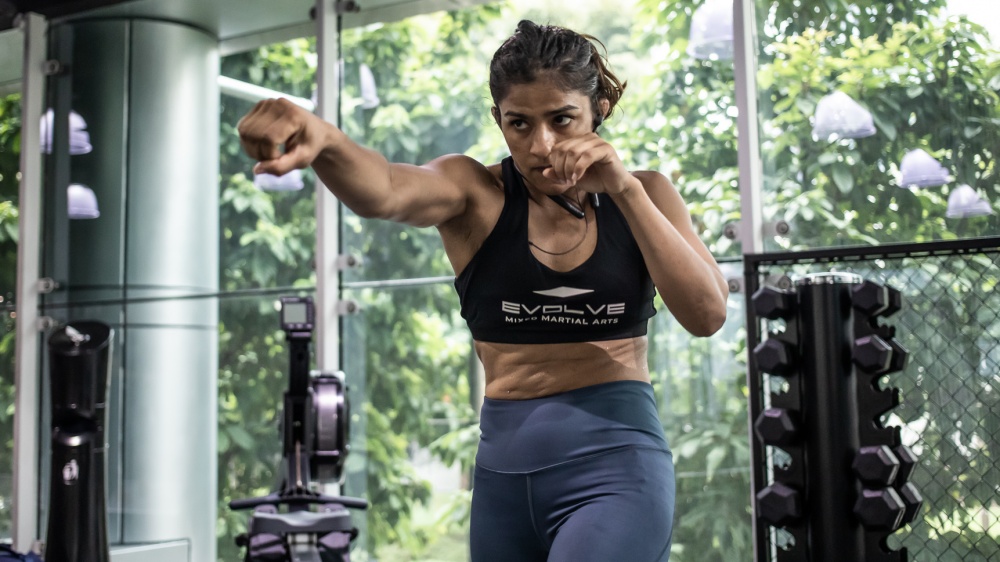
Muscle memory is important for any skill that involves physical technique and repetition. For example, if you’re a dancer, muscle memory can allow you to go into autopilot during a game or competition, so you don’t have to think about every little move.
Similarly, if you’re a martial artist, muscle memory can help make your routine more fluid and automatic. This is incredibly important when it comes to high-level matches where victory is commonly won by slight increases in timing, technique, and output.
Mixed martial arts bouts in ONE Championship, for example, are judged based on the totality of the fight, making it more challenging to win as every working second is reviewed. The more you get tired, the more you become reliant on techniques that are ingrained in the body. Techniques that were practiced over and over in the training room will always come into play in championship rounds.
And although it may seem like a myth, muscle memory is the scientific basis for why athletes and martial artists can perform their routines so well. That’s because your brain cells–called neurons–move faster and more efficiently when they’ve become more connected with each other through frequent use.
As a result, you’ll be able to do things automatically without having to think about them…like driving your car or riding a bike!
How To Train Your Muscle Memory
To train your muscle memory, you should go through the motions slowly and deliberately. This will help you to feel and remember where each move starts and ends.
Eventually, you’ll be able to perform the movement at a rapid pace without having to think about it because it will be so ingrained in your brain that you won’t have to think about the exercises anymore.
You can also try recreating the movements out of your head before actually starting them up. This is especially helpful for people who don’t have an instructor or other visual aides handy while practicing their routines.
Once the technique becomes easy, you can then add variations or resistance to the movement to allow the body to feel resistance as the technique is done.
Renowned BJJ coach John Danaher advocates this active form of drilling and has attested that it has done wonders for his students.
This is not to say that drilling should take precedence over technique, though. Building of technique is equally as important as polishing what you already know. You should always strive to improve your overall repertoire by ensuring that improvement of technique is always the main priority. Once satisfactory, then comes drilling and repetition so that the techniques become second nature and will become a part of your game for good.
Final Thoughts
So then, isn’t muscle memory a great thing to have? You bet it is! When you’re learning how to do some kind of physical task, the more times your body has practiced that movement before, the better and more automatic you will become at doing it. And if you happen to be practicing a certain physical activity that requires more than one muscle group for its performance, then chances are every time you practice that same movement, your brain will cause all muscles involved in that motion to become strongly linked together. The body can always learn a skill as long as you give it the proper time to study and refine new movements. You will be amazed at what it can do if you give it enough time to master it!
You may also like:
